Flat or semi-flat materials like metal, glass, plastic, foam, marble, stone and wood are cut using either pure water or, in the case of abrasive water jet cutting, water mixed with abrasive particles like garnet or diamond for added strength; abrasive media are usually added for use on tougher materials. Read More…
Since 1988, MET Manufacturing Group, LLC has been a trusted provider of quality waterjet cutting services. Our water jet equipment is great for prototyping, fast and reliable for production, and can quickly change from job to job. Material cutting capabilities include plastic, rubber, copper, aluminum, titanium, and many more. Tolerances for certain applications can be held at +- .001". Contact...

At M.A.R.'s Engineering Company, Inc., we specialize in providing top-notch waterjet cutting services, catering to a multitude of industries. Our team of experts, armed with cutting-edge technology, can precisely cut a variety of materials, including metals, plastics, glass, ceramics, and more. No job is too big or too small for us; we've got the expertise and equipment to handle it all.

At Fruehauf Manufacturing, we take pride in delivering precision-engineered solutions through our expertise in water jet cutting. Our advanced capabilities allow us to cut a wide range of materials with exceptional accuracy, meeting the demands of industries that require intricate designs and high-quality finishes. By utilizing state-of-the-art water jet cutting technology, we offer a...

Barton International is a leading manufacturer and provider of abrasive blasting and waterjet cutting services. With more than 142 years of operation and five generations of the Barton family's leadership, we have cemented ourselves as one of the most trustworthy names in the industry. Today, we have forty stocking locations across North America and have expanded our product offering to more than ...

More Hydro Cutting Companies
Products cut using hydro cutting have clean, smooth cuts without any burrs. Since no heat treatment is used during the cutting process, the material properties like temperature resistance and color are not altered. Depending on the strength of the material being cut and the desired rate of production, hydro cutter jets spray water at pressures between 30,000 and 90,000 PSI.
The automotive, aerospace, manufacturing, food processing, lumber, architectural, construction and electronic industries all use products that go through the hydro cutting process during fabrication. Machinery components like gears, tiles, mirrors, car, train and plane components and stone flooring can all be shaped by the water jet cutting process.
Most modern water jet cutting machines are fully automated and use CNC (computer numerical controlled) software to determine and control the route of the water stream. Therefore, labor costs are low since the only manual work involved in water jet cutting relates to setup, repairs and computer operation. A drawing of the desired shape or design is downloaded into CAD/CAM software, and the water nozzles follow its path.
Close precision reduces waste and the need for secondary machining processes. Hydro cutting doesn't create any harmful dust or particles that workers could inhale, and produces high volumes of products with minimal scrap material. Also, unlike many other cutting processes, hydro cutting does not involve the use or generation of heat, which reduces risks to workplace safety.
The hydro cutters are mostly made of stainless steel and contain a water reservoir, abrasive containers and a high pressure water pump with a nozzle attached. Both the water and any abrasives used are recycled many times through the machine. They are combined in a mixing tube, shot through a nozzle at high pressure and then re-circulated back into their separate storage areas.



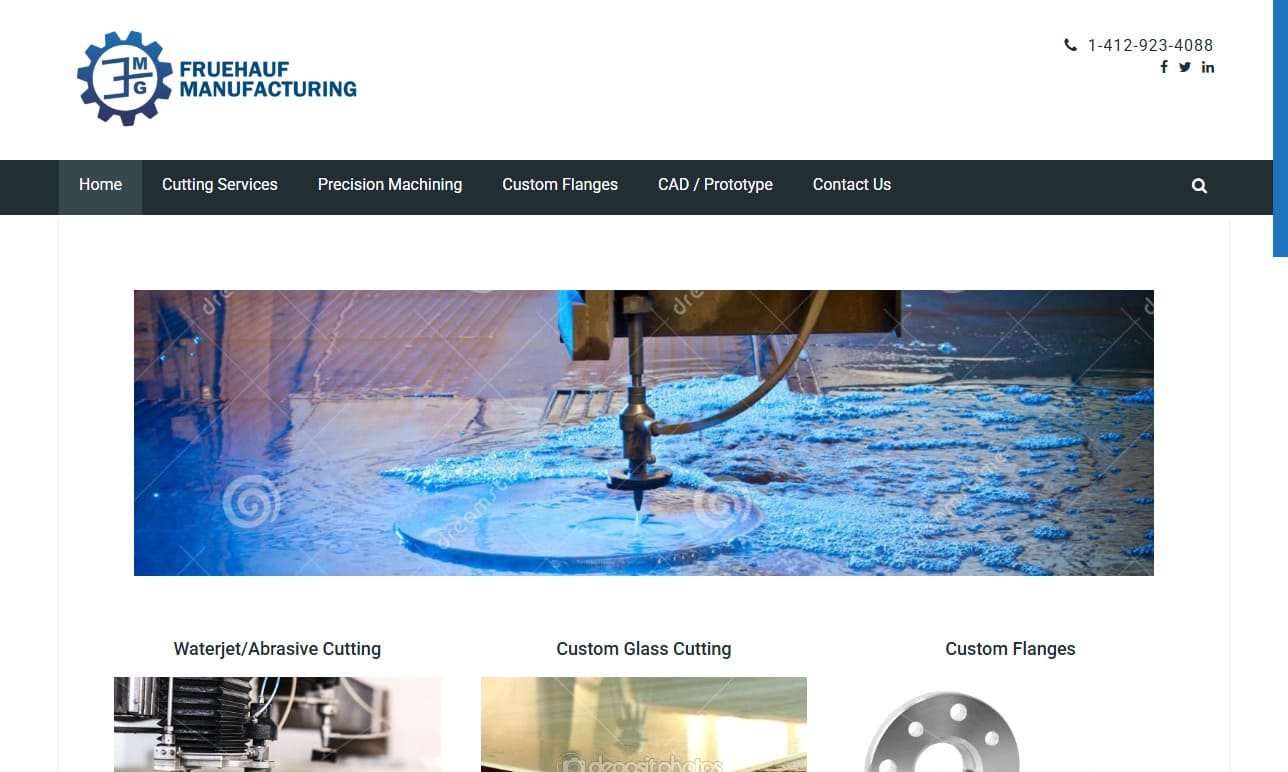





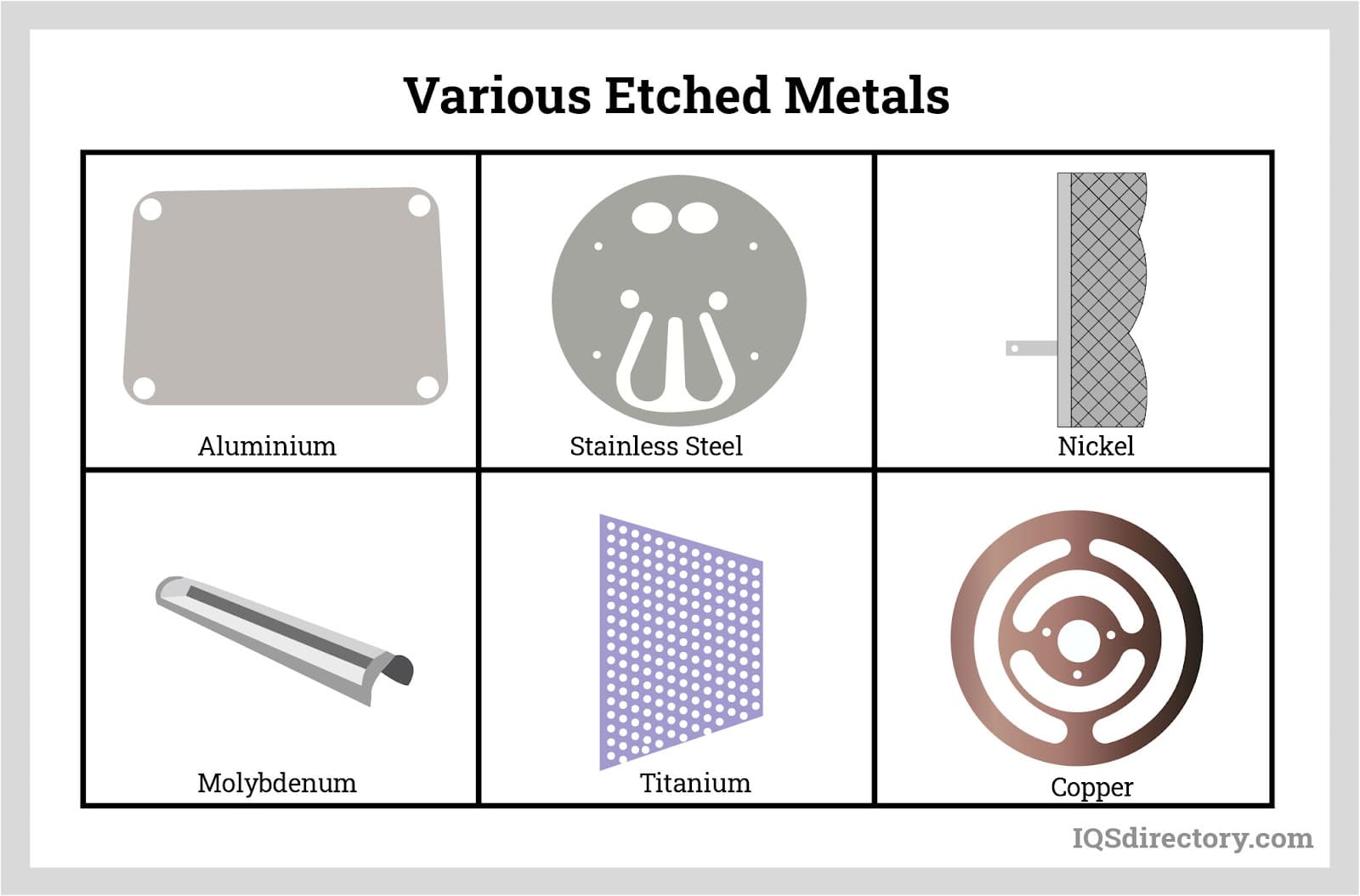
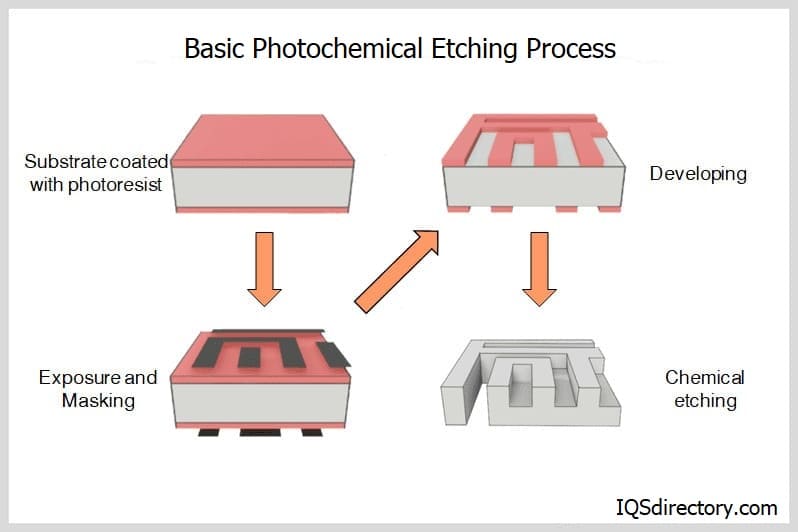
 Broaching
Broaching CNC Machining
CNC Machining Expanded Metals
Expanded Metals Laser Cutting
Laser Cutting Metal Etching
Metal Etching Metal Fabrication
Metal Fabrication Perforated Metals
Perforated Metals Screw Machine Products
Screw Machine Products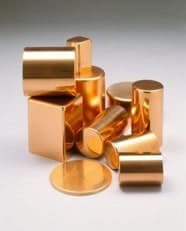 Metal Stampings
Metal Stampings Sheet Metal Fabrication
Sheet Metal Fabrication Tube Fabrication
Tube Fabrication Water Jet Cutting
Water Jet Cutting Castings & Forgings
Castings & Forgings Bulk Material Handling
Bulk Material Handling Electrical & Electronic Components
Electrical & Electronic Components Flow Instrumentation
Flow Instrumentation Hardware
Hardware Material Handling Equipment
Material Handling Equipment Metal Cutting Services
Metal Cutting Services Metal Forming Services
Metal Forming Services Metal Suppliers
Metal Suppliers Motion Control Products
Motion Control Products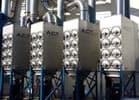 Plant & Facility Equipment
Plant & Facility Equipment Plant & Facility Supplies
Plant & Facility Supplies Plastic Molding Processes
Plastic Molding Processes Pumps & Valves
Pumps & Valves Recycling Equipment
Recycling Equipment Rubber Products & Services
Rubber Products & Services